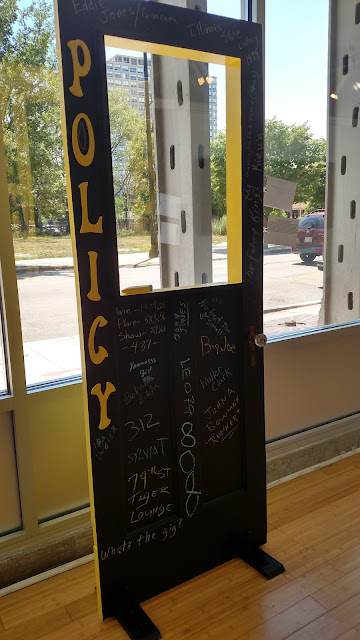Echoes of Our Journey: The Great Migration, Bronzeville
About the Exhibit:
This historic art exhibition will depict the Great Migration (African American) and celebrate the epic journey of the multitude of African-Americans who traveled north in search of a better life and the legacy of the Bronzeville neighborhood, which became the final destination for many, known as Chicago’s Black Metropolis.
History:
The Great Migration, or the relocation of more than 6 million African Americans from the rural South to the cities of the North, Midwest, and West from 1916 to 1970, had a huge impact on urban life in the United States. Driven from their homes by unsatisfactory economic opportunities and harsh segregationist laws, many blacks headed north, where they took advantage of the need for industrial workers that first arose during the First World War. As Chicago, New York, and other cities saw their black populations expand exponentially, migrants were forced to deal with poor working conditions and competition for living space, as well as widespread racism and prejudice. During the Great Migration, African Americans began to build a new place for themselves in public life, actively confronting economic, political, and social challenges and creating a new black urban culture that would exert enormous influence in the decades to come. -History.com
Most of these new arrivals to Chicago found themselves living in a narrow strip of blocks on the South Side, stretching from Twenty-second Street down to Fifty-first Street. The neighborhood was initially labeled the “Black Belt,” or the “Black Ghetto,” but an African American writer suggested calling it “Bronzeville,” a name that many residents found less insulting. -Hana Layson with Kenneth Warren.
"Each artist in this exhibition has, in their own creative interpretation, echoed the voices, the hopes, and dreams of what may be. Alpha Bruton" Echoes of our Journey has been a year-long journey of collective thought and ideas, coupled with research, to tell the narrative and give tribute to trailblazers such as Anthony Overton, who helped build the economy of Bronzeville. And in 1938, Marva Trotter, owner of Mae’s Dress Shop, one of a kind trousseau was once located here in the Jones Brothers building helped style society.
When the Jones Brothers started the world's only Negro-owned department store, they had to buy the property to get onto 47th Street. When dapper little Frank Howell Jr. started Mae's Dress Shoppe, he was forced to pay six-and-a-half months' rent in advance. This smoldered in Negro Howell's breast and continued to as he prospered. After Marva Trotter, fiancée of Prizefighter Joe Louis, bought her trousseau from Frank Howell, four other Mae's Dress Shoppes were started by rivals eager to cash in on the publicity; but Frank Howell's Original Mae's Dress Shoppe is today the biggest and most fashionable in Bronzeville.
Black Migration Bronzeville was the first time since the Plantation Days, the challenge of “Black Poets, Black Song, Black Scholars, and Black Power."
PRESS LINKS
http://rollingout.com/2016/
 |
| Migration from Whitney Plantation Heading North, Louisiana |
 |
| Sharecropper- on the way back |
 |
| Migration from Whitney Plantation heading up north |

















